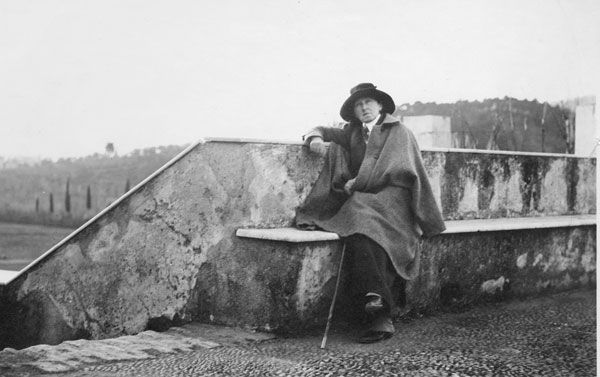The photographic portrait is a troubled category. Representations of non-normative sexualities are dependent upon the forensics of biological determinism, which read signs of difference on the surface of the body as symptoms of abnormality.
Gender is learnt through the repeated experience of being looked at, appraised, accosted, commented upon. And this is frequently a violent experience. On the other hand, the embracing of abstraction and iconoclasm which developed in the late 1980s and 1990s in response to the trauma of AIDS, today may have fallen prey to the social and political invisibilization promoted by neoliberal ideology as privacy and intimacy. As a genre, portraiture is also related to the biographical form. Like biographies, portraits too often rest on a psychologizing ‘background’, represented or assumed, which is usually expected to be explanatory. The difference between queer portraits and portraits of queers remains a problematic gap.
For some years now, I have been working on Violet Paget (1856-1935), renowned for her gothic novels by the pen name of Vernon Lee. Looking at diaries, letters, and autobiographies of her acquaintances, I have ended up collecting a number of written portraits of her, at times benevolent, more often ungracious. Ugliness, popping up with disturbing regularity, does not seem to be the only curious characteristic of this intelligent, autonomous, and spirited woman. In fact, friend Edith Wharton defines Vernon Lee in her diary as a ‘failed lesbian’. Lee had some complicated relations with a number of female ‘bosom friends’ and, even if she was a contemporaneous of Vita Sackville-West and Radclyffe Hall, though older, she never identified with sapphic love. Bertrand Russell, frustrated at her inveterate talking, calls her a ‘vampire’ who ‘never aroused desire in any man’.
Most of these people blamed her family background for her weird features and behaviors: an absent father, an ambitious and free-thinking mother, growing up with an invalid half-brother, a nomadic childhood spent among American and British expats in continental Europe. Her ugliness is certainly not an anatomical characteristic as much, but the symptom of a cultural inability to recognise in her freak femininity the reproducible, and indeed reproductive, model of ‘woman’ – the lesbian panic embodied in the figure of the vampire is symptomatic of an age in which teratology develops alongside birth control.
When I turn to Vernon Lee’s photographic portraits, there is something queer about her alleged ugliness, a queer beauty which is illegible and therefore lost in relation to the straight mind’s mapping of space. We have become accustomed to read the queer face in vintage portraits mostly in the background of urban spaces of subcultural lives and social networks. However, unlike the portraits of Brassaï or Diane Arbus that depict the fashion and style of queers and freaks in urban underground spaces, Vernon Lee’s portrait rests on a rural scenario. One of two pictures taken at Sestri in 1914, when Vernon Lee was 58 years old, depicts her sitting on the ledge of a musky wall, in complete isolation. She is absorbed in the quiet of the Italian countryside, yet not completely removed from us – she is looking at you. Vernon Lee clearly has a style: floppy boater hat, stiff collar with a tie, a tailored suit and a pair of gorgeous spats over the boots. Her ‘mannish’ look was often commented upon by her acquaintances, but as the sign of a lack. Is there a way to look at this portrait outside the framework of propriety and identification offered by such testimonies? She is clearly not passing, nor does she want to be ghosted either. In order to look at this portrait queerly we need to untie the normalizing frames of the archive first.
Landscape is a particularly sticky frame. Too easily it is filled with fantasies of a lost sexual innocence. In the infamous ‘gay western’ genre the landscape is exploited as a picturesque depoliticized space, its transparency the effect of a diffused heteronormative gaze upon same-sex love and desire. Compared to Brassaï’s sultry bars and clubs, the landscape in Vernon Lee’s portrait appears quite idle and insignificant. For Edith Wharton it would be a paysage moralisé, the reflection of Vernon Lee’s failed lesbian identity. I would like to think that there is another way to read this landscape as a background which does not necessarily imply a regressive narrative of the closet, but a challenge to the narrative of suspicion that informs the (homophobic) epistemology of evidence, transparency, and truth. The idleness of this landscape is a queer demand, one which is nonrevelatory, outside the parameters of confession and proof. Attending to this idleness intimates an encounter with the peculiar, yet unique queer agency of passivity and withdrawal. The political force of this uniqueness is almost unthought in matters of queer politics, though not unthinkable. This portrait of Vernon Lee at Sestri is just one reminder of this possibility that turns ephemera into documents.

